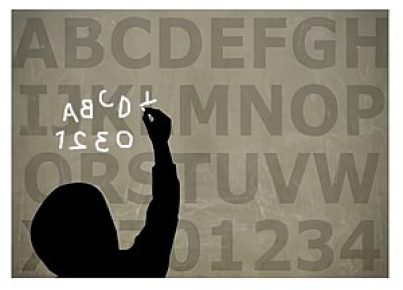Also known as DCD (developmental coordination disorder), dyspraxia is a learning disability that is characterized by an inability to perform activities that require heavy use of coordination, motor skills, and balance. Children with this disability are often considered to be clumsy. They can learn to manage this disability with the help of an occupational therapist. Verbal dyspraxia is a condition where an individual has difficulty using speech sounds.
Many times, people with dyspraxia have language problems and sometimes a degree of difficulty with perception and thought. However, dyspraxia doesn’t affect a person’s intelligence, although it can trigger learning problems in kids. People with dyspraxia often have other challenges too. These may include ADHD, mental health issues, sensory processing issues, autism, slow processing speed, etc.
An occupational therapist, a pediatrician, an educational psychologist, or a clinical psychologist can diagnose dyspraxia. The evaluator will require details regarding a kid’s gross and fine motor skills, intellectual ability, and developmental history when performing an assessment.
· Gross motor skills: These include how well the kid can use large muscles that coordinate body movement.
· Fine motor skills: These include how well the kid can use smaller muscles.
The evaluator will need to know how and when developmental milestones, such as crawling, speaking, and walking, were reached. The kid will also be evaluated for touch sensitivity, balance, and variations in walking activities.
Scientists don’t know what exactly causes dyspraxia. However, experts believe that the affected individual’s nerve cells that control muscles aren’t developing properly. If motor neurons cannot develop proper connections for any reason, the brain takes much longer to process information.
Although dyspraxia isn’t curable, a person can improve with treatment. However, the earlier a kid is diagnosed, the better his/her prognosis will be. Specialists that generally treat people with dyspraxia include:
Occupational therapy: An occupational therapist evaluates how the kid manages day-to-day functions at school and home. The therapist will then help the kid develop skills specific to everyday activities that the child finds difficult.
Speech and language therapy: A speech-language pathologist conducts an assessment of the kid’s speech and then applies a treatment plan to help the child communicate more effectively.
Perceptual motor training: This involves improving the kid’s language, movement, auditory, and visual skills. The individual is given a series of activities that become more advanced over time. The objective is to challenge the kid so that he/she improves, but not so much that it becomes stressful or frustrating.



